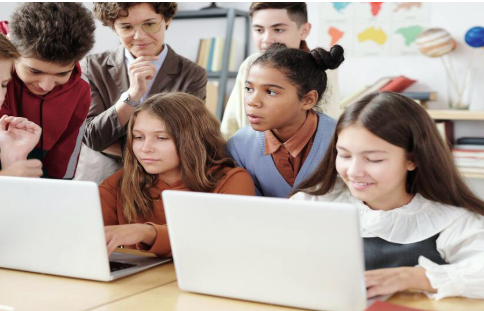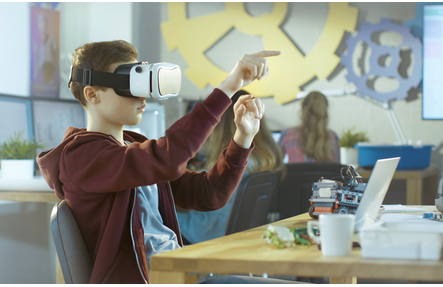Innovation is transforming how education is delivered and experienced, and one of its most profound effects is on learning styles. As classrooms embrace new technologies and teaching models, students are engaging with information in ways that better suit their personal preferences. From interactive digital tools to personalized learning environments, innovation is making education more adaptable and inclusive than ever before.
Understanding Learning Styles
Learning styles refer to the different ways individuals absorb, process, and retain information. While traditional models categorize learners as visual, auditory, reading/writing, or kinesthetic, modern education recognizes that students often benefit from a combination of styles. Innovation helps bridge these styles by offering content through multiple formats, increasing accessibility and engagement.
How Innovation Supports Diverse Learners
- Multimedia Learning Tools
Educational videos, animations, and simulations cater to visual and auditory learners, while offering dynamic alternatives to static textbooks. Platforms like YouTube EDU, Khan Academy, and interactive apps present concepts in ways that are easier to visualize and understand. - Adaptive Learning Technologies
AI-powered tools adjust to individual progress and learning pace. These platforms analyze performance data and personalize lessons accordingly. For example, a student struggling with math may receive extra practice through tailored exercises, while another student moves on to advanced topics. - Gamified Learning
By turning lessons into games, students become more engaged and motivated. Gamification works particularly well for kinesthetic learners who benefit from interaction, challenge, and immediate feedback. Platforms like Kahoot! and Prodigy are popular in classrooms for this reason. - Collaborative Platforms
Tools like Google Workspace, Microsoft Teams, and discussion boards enable social and verbal learners to engage in peer discussions, share ideas, and co-create content. Innovation encourages communication and cooperative learning in ways traditional formats often do not. - Accessible and Inclusive Design
Voice-to-text tools, subtitles, screen readers, and multilingual support make learning more inclusive for students with diverse needs. These features help break down barriers and allow students to learn in the way that works best for them.
Benefits of Innovation on Learning Styles
- Encourages student agency and independence
- Enhances retention through multimodal content delivery
- Increases confidence by allowing learners to work at their own pace
- Fosters creativity and curiosity through interactive experiences
- Reduces frustration and improves outcomes for students with learning challenges
Challenges to Consider
Despite the many benefits, implementing innovative learning tools requires thoughtful planning. Teachers need professional development, schools must invest in infrastructure, and technology must be used in ways that support—not replace—core teaching practices. It’s also important to ensure that all students have access to reliable devices and internet.
Conclusion
Innovation is making it possible to tailor education more closely to how students learn best. By integrating diverse tools and flexible teaching strategies, educators can support multiple learning styles and improve student outcomes. As technology continues to evolve, its thoughtful application will be key to creating engaging, personalized, and effective learning experiences for every student.


